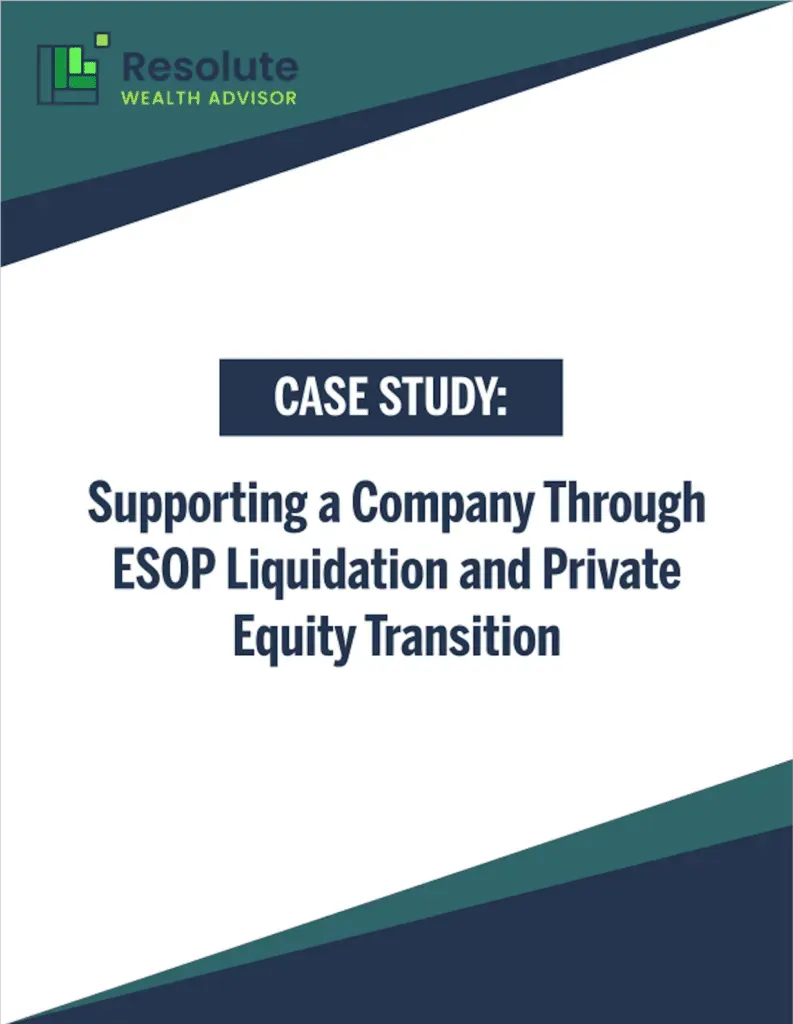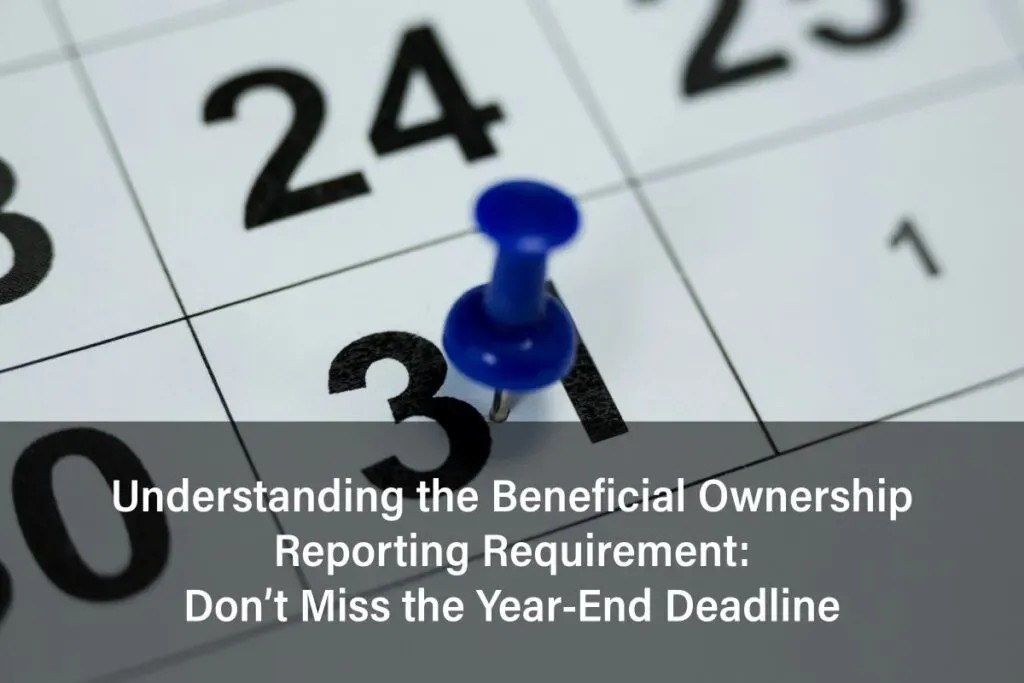Tax management and portfolio rebalancing are two essential strategies for optimizing investment performance and achieving financial goals. Whether through mitigating tax liabilities or maintaining target asset allocations, these approaches work hand-in-hand to enhance returns and manage risk.
The Power of Tax Overlay Services
Tax Overlay Services provide a comprehensive solution for managing tax exposure on client’s taxable accounts. By focusing on loss harvesting, gain/loss matching, and deferring short-term gains, this strategy helps reduce tax liabilities and improve after-tax returns.
Key Features of Tax Overlay Services:
- Loss Harvesting: Selling underperforming assets to offset gains elsewhere in the portfolio.
- Gain/Loss Matching: Pairing gains and losses throughout the year to minimize tax impact.
- Deferring Short-Term Gains: Delaying transactions to capitalize on favorable long-term tax rates.
For investors managing multi-manager portfolios, tax overlay services help coordinate trading activities across different managers. By aligning tax strategies, these services prevent inefficiencies such as wash sales and optimize tax outcomes.
Case Example:
Without a coordinated tax approach, gains realized by one manager and losses by another might not offset effectively, leading to increased tax liabilities. Tax overlay management ensures synchronized decision-making for optimal results.
SEE ALSO: Investing After Retirement: Why it Pays to Have a Strategy
The Importance of Portfolio Rebalancing
Portfolio rebalancing is the process of realigning the weightings of a portfolio’s assets to maintain its intended allocation. Over time, market performance can cause portfolios to drift, potentially increasing risk beyond the investor’s comfort level.
Why Rebalancing Matters:
- Restores the portfolio’s target allocation.
- Helps manage risk by preventing overexposure to a single asset class.
- Enforces a disciplined investment approach, reducing emotional decision-making.
Rebalancing for Tax Efficiency:
Portfolio rebalancing is essential to maintain the desired risk-return profile. However, tax implications often deter clients from rebalancing. A tax-aware rebalancing approach incorporates the following strategies:
- Threshold Rebalancing: Adjustments are made only when asset classes deviate beyond a pre-determined threshold, reducing unnecessary transactions.
- Tax Budgets: Clients can set annual tax budgets to control the realization of gains.
SEE ALSO: Tax Planning: Your Year-End Checklist
Strategies for Portfolio Rebalancing
- Time-Based Rebalancing: Schedule reviews quarterly, semi-annually, or annually to make adjustments.
- Threshold-Based Rebalancing: Rebalance when asset class weightings deviate beyond a set percentage (e.g., ±5%).
- Hybrid Approach: Combine regular reviews with thresholds to balance flexibility and efficiency.
Practical Tips:
- Transaction Costs: Limit frequent trades by using commission-free platforms and aligning rebalancing with new contributions.
- Diversification: Rebalancing offers a chance to assess and maintain diversification across sectors, geographies, and asset classes.
A Holistic Approach to Wealth Management
The combination of tax-efficient investing and disciplined rebalancing creates a robust strategy for wealth preservation and growth. Investors can benefit from using tax overlay services to manage liabilities while applying rebalancing strategies to ensure alignment with their financial goals.
Looking Ahead: 2025 and Beyond
As we move into 2025, staying informed and proactive is key. Factors such as market volatility, economic trends, and legislative changes may influence your investment strategy. By incorporating tax management and rebalancing into your portfolio, you can remain aligned with your financial objectives while optimizing after-tax returns.





